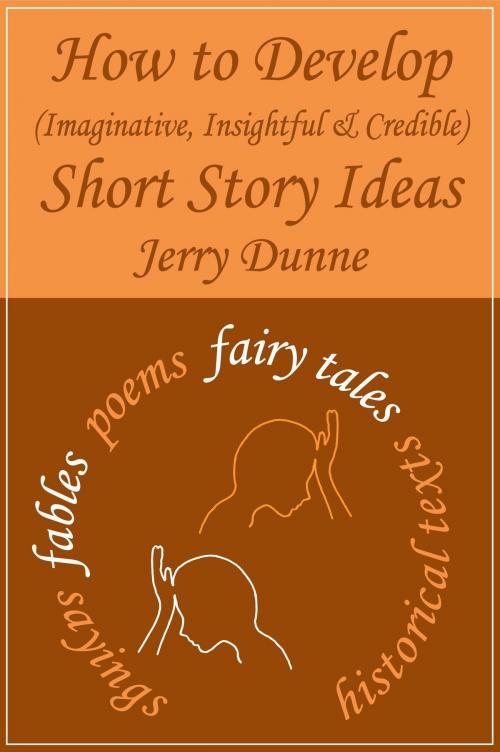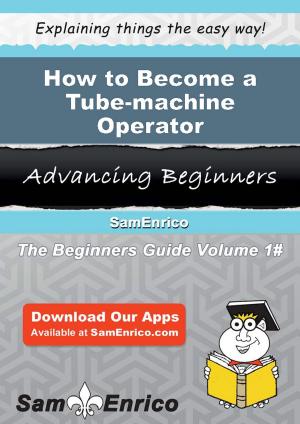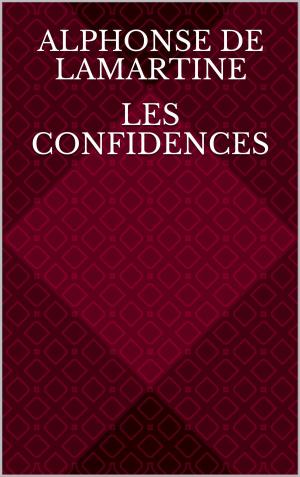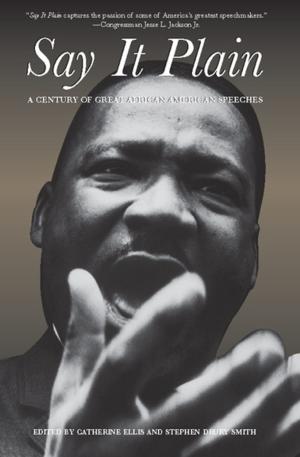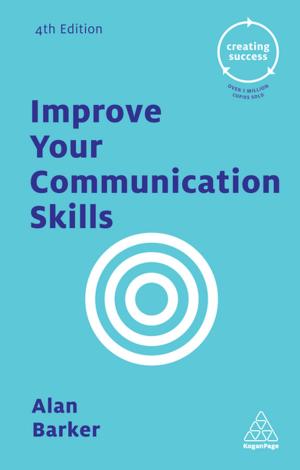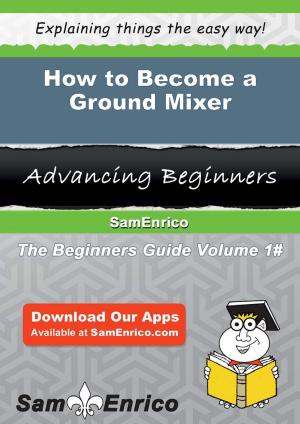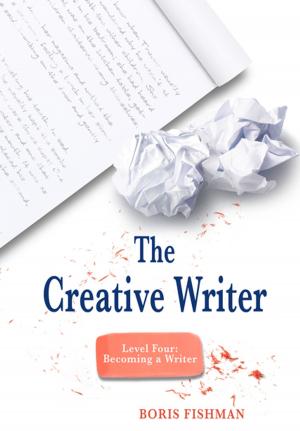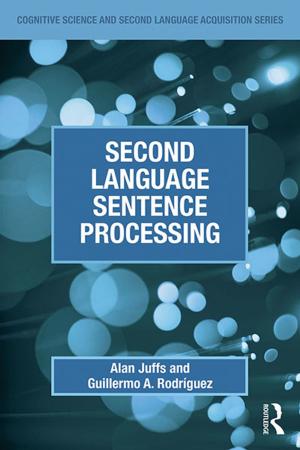How to Develop (Imaginative, Insightful & Credible) Short Story Ideas
Nonfiction, Health & Well Being, Self Help, Self Improvement, Creativity, Reference & Language, Language Arts, Writing & Publishing, Writing Skills, Reference| Author: | Jerry Dunne | ISBN: | 9781310808814 |
| Publisher: | Jerry Dunne | Publication: | November 8, 2013 |
| Imprint: | Smashwords Edition | Language: | English |
| Author: | Jerry Dunne |
| ISBN: | 9781310808814 |
| Publisher: | Jerry Dunne |
| Publication: | November 8, 2013 |
| Imprint: | Smashwords Edition |
| Language: | English |
The book shows the writer how to analyse methodically certain types of source material for the purpose of using it as both inspiration and guide in the development of imaginative, insightful and credible short story ideas. This material consists of the saying, the fable, the poem, the fairy tale and the historical text. Each type of literature offers an exceptional form of representation of the storytelling elements, and therefore each encourages an exceptional way of promoting inspiration and guidance for short story ideas.
The book views and analyses the literature solely from the perspective of the short story writer’s creative needs, and introduces some original techniques for manipulating this source material. This is supported with fully worked out examples of the analytical approach, including five whole short story samples as well as early draft plan samples.
The awareness and skills sharpened as a result of using this book will enable the reader to recognize and develop fresh short story ideas from other types of appropriate source material, too.
The book shows the writer how to analyse methodically certain types of source material for the purpose of using it as both inspiration and guide in the development of imaginative, insightful and credible short story ideas. This material consists of the saying, the fable, the poem, the fairy tale and the historical text. Each type of literature offers an exceptional form of representation of the storytelling elements, and therefore each encourages an exceptional way of promoting inspiration and guidance for short story ideas.
The book views and analyses the literature solely from the perspective of the short story writer’s creative needs, and introduces some original techniques for manipulating this source material. This is supported with fully worked out examples of the analytical approach, including five whole short story samples as well as early draft plan samples.
The awareness and skills sharpened as a result of using this book will enable the reader to recognize and develop fresh short story ideas from other types of appropriate source material, too.
